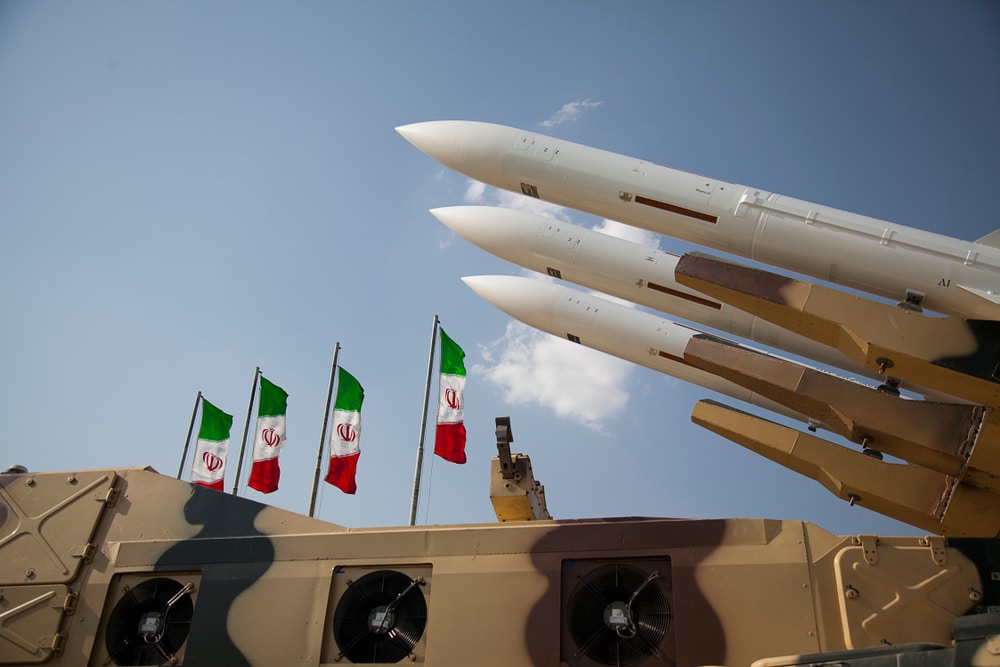On April 17, during a national military parade, Iran revealed an upgraded version of its domestically-produced Bavar-373 long-range air defense system. Mounted on a Belarusian-made MZKT-791300 8×8 truck chassis, this latest iteration represents a notable advancement in Iran’s defense capabilities.
The Bavar-373, initially introduced to the Iranian armed forces in 2019, has been compared to Russia’s S-300 and the U.S. Patriot systems in terms of its operational capabilities. The system is designed to counter stealth aircraft, including fifth-generation fighter jets like the Lockheed Martin F-35 Lightning II, which are known for their radar-evading features.
Iranian officials claim the updated Bavar-373 now possesses enhanced target detection and tracking capabilities, reportedly able to identify up to 100 aerial targets simultaneously and engage multiple threats with its Sayyad-4B missiles. The system’s range is said to exceed 186 miles, with an altitude reach of 75 miles, positioning it as a formidable asset in Iran’s air defense strategy.
Check out Iran’s advanced Bavar-373 air defense system.
Look like it’s radar and launch system are seamlessly integrated on the same vehicle?? #Iran #Bavar373 pic.twitter.com/8oPzt5v7Z4— International Defence Analysis (@Defence_IDA) April 18, 2024
Despite the impressive claims by Iranian officials, experts caution that only real-world combat conditions can validate such assertions. The system’s stated capabilities to detect and engage advanced stealth aircraft and manage multiple aerial threats simultaneously are promising on paper. However, without exposure to actual battle conditions where these features can be tested against sophisticated enemy tactics and electronic countermeasures, the true effectiveness of the Bavar-373 remains speculative.
Expanded Coverage:






